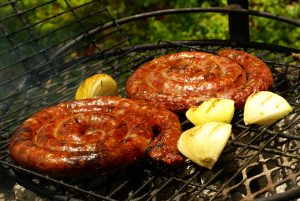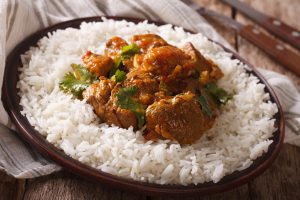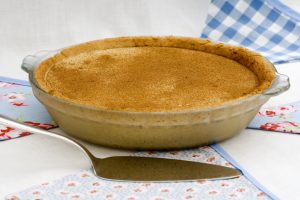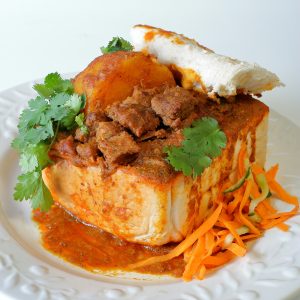Traditional South African Dishes & Their Origins
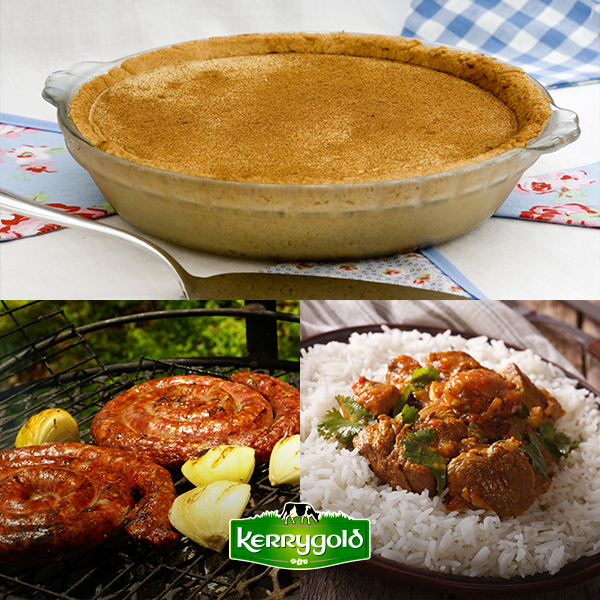
The same way that South Africa has a diverse and colourful history, traditional cuisine is no different. With so many cultural influencers entering the country throughout the country’s history, South Africa was able to develop a very unique and diverse palette for food.
The deliciously diverse flavours in South Africa are thanks to the influence of both indigenous cuisines and the culinary specialities that entered the country from all over the world.
Let’s take a closer look at some traditional South African dishes and their origins.
Potjiekos
A traditional dish by the early Dutch Settlers, potjiekos is a cooked stew made in a pot over an open fire.
The Dutch merchant ships travelled around the Cape to Indonesia and, as a result of this travel, a refreshment stop was established in The Cape. In 1652, vegetable gardens were planted to produce the fresh food needed for the passing ships.
It was in this way that a large number of fruit and vegetables foreign to South Africa were brought into the country.
The Dutch settlers’ cooking traditions revolved mainly around stewing meat and vegetables in a pot over a fire. Upon learning of the wild plants and herbs used by the Khoi, they began to add them to their stews.
Later, the Dutch learnt about the Malay spices which were imported and added to their cuisine. These new cooking customs developed into what is known as “Cape Dutch” cuisine.
And this is how potjiekos became known as it is today.
Boerewors
Boerewors is a type of sausage that is much-loved by all South Africans – perfect for use in cooked meals and on the braai. This food tradition is one that is held close to all South African hearts.
Along with Dutch settlers, there were also colonists from Germany, France and Great Britain who contributed their styles of cooking to the South African cuisine.
German colonists were accepted into the cape settlement by the Dutch community. While they did not have much influence on South African cuisine as a whole, they did give rise to “wurst” which lead to the creation of our much-loved boerewors today.
Curry and Rice
Indian labourers were brought to South Africa to work in the sugarcane fields in Durban and the KwaZulu-Natal region. Once the 10-year contract had ended, many of the Indians remained in South Africa.
Traditionally, Indian cuisine is largely dependent on a variety of curries and spices which are used in their recipes. For this reason, curry dishes become very popular in South Africa among all groups.
Curry and rice is considered one of the traditional South African dishes. While maize was originally one of the few staple grains in South Africa, rice also becomes a staple farming product.
Mieliepap
Mieliepap is enjoyed by all South Africans – whether it is eaten for breakfast with some sugar and butter or dinner with meat and sauce, there is no denying the love for maize meal in South Africa.
Mieliepap, or maize porridge, was originally cultivated by the Bantu people in South Africa. The Bantu people began cultivating a variety of crops including maize, sorghum, millet and vegetables.
The porridge was prepared in a three-legged pot over an open fire. A traditional Xhosa dish “umngqusho” is made with stamp mielies (broken dried maize kernels) with added sugar beans, butter, onions, potatoes, chillies and lemons. The ingredients are then allowed to simmer in the pot until tender.
Milk Tart
A traditional dessert loved by all South Africans, milk tart has its origins in the Netherlands. The recipe was brought with the Dutch settlers and now remains as a part of South Africa’s unique food culture.
This sweet pastry dessert is made with eggs, flour, milk and sugar. Sometimes custard is baked into the crust while other recipes require the custard to be poured into the crust for serving. The tart is dusted with cinnamon to serve.
Who can imagine a birthday, dinner party or even a teatime visit without a freshly baked milk tart?
Bunny Chow
Bunny Chow, or just “Bunny”, is a popular South African dish that originated in Durban in the 1940s. The hulled-out bread is filled with a selection of different curries and beans and is also served with carrots, chilli and onions. The hulled out bread is used to dip into the sauce.
The dish was invented by the Indian labourers who worked in the sugarcane fields. The name derives from the Indian businessmen who sold the curry referred to as “bania” and the slang name for food “chow”.
The high-calorie count in the meal allowed the labourers to work all day at a low-cost due to the affordability of the ingredients used to prepare the Bunny Chow.
Bunny Chows remain a popular South African treat until today.
***
Do you know the origins behind other traditional South African dishes? Share your thoughts in the comments on the Kerrygold Facebook, Twitter or Instagram pages.

